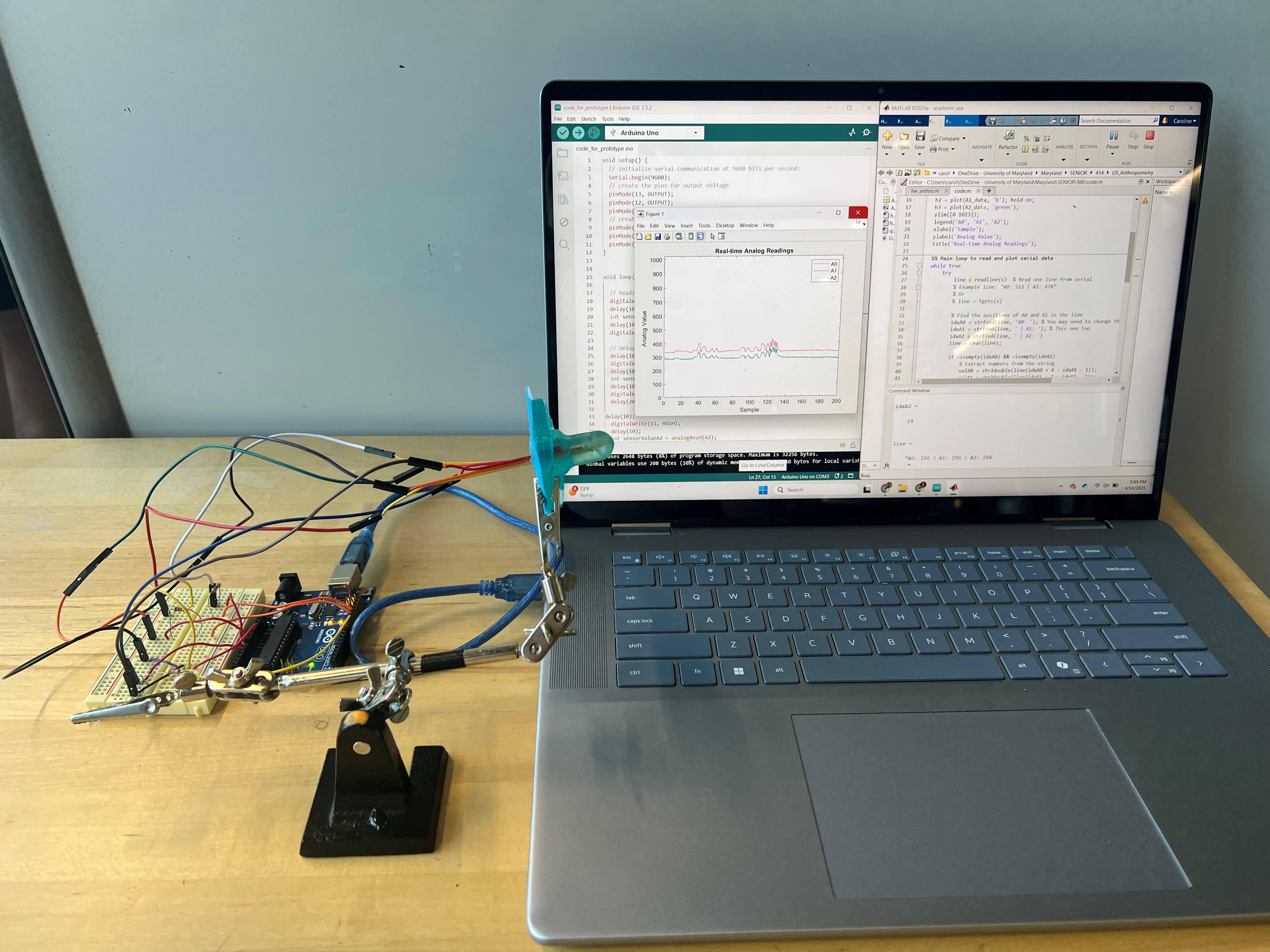Project Description:
Mothers all around the world give birth to children with the goal of breastfeeding their
child. Unfortunately, not all mothers and babies are able to successfully breastfeed due to
multiple causes. One of the more common blocks to breastfeeding is a condition known as
ankyloglossia, it causes pain or prevents breastfeeding altogether. This is a disorder in which the
tissue that connects the tongue to the floor of the mouth limits tongue mobility. It is also known
as “tethered tongue” and occurs in about 8% of newborn babies and about 50% of these babies
have difficulty breastfeeding. A very common procedure that is used to reverse the tongue tie is
called frenectomy, the clipping of tongue tie, the doctor simply cuts the part of the tongue
connecting it to the bottom of the mouth. In successful cases, a frenectomy can lead to the
mother being able to comfortably breastfeed. However, in lots of cases, the procedure does not
change the outcome of the mother being able to breastfeed. The question then becomes, why
does frenectomy fail in some babies, but they can still drink from a bottle without difficulty?
This area of research is not very well understood and varies extremely from case to case. One
aspect that is known is that there is tongue movement and sequential pressure changes along the
entire tongue during the feeding process. By making a device that records the dynamic changes
along the entire tongue surface as the baby is feeding, researchers may be able to predict the
effect of the frenectomy and avoid having to perform an unnecessary procedure. If successful,
this device will improve the understanding of breastfeeding and bottle feeding, enable controlled
studies on assessing the outcome of frenectomy, and improve predictions on what patients would
actually benefit from the procedure.
